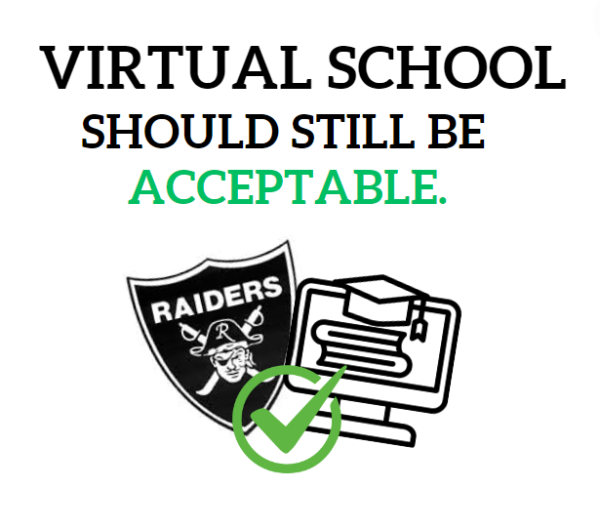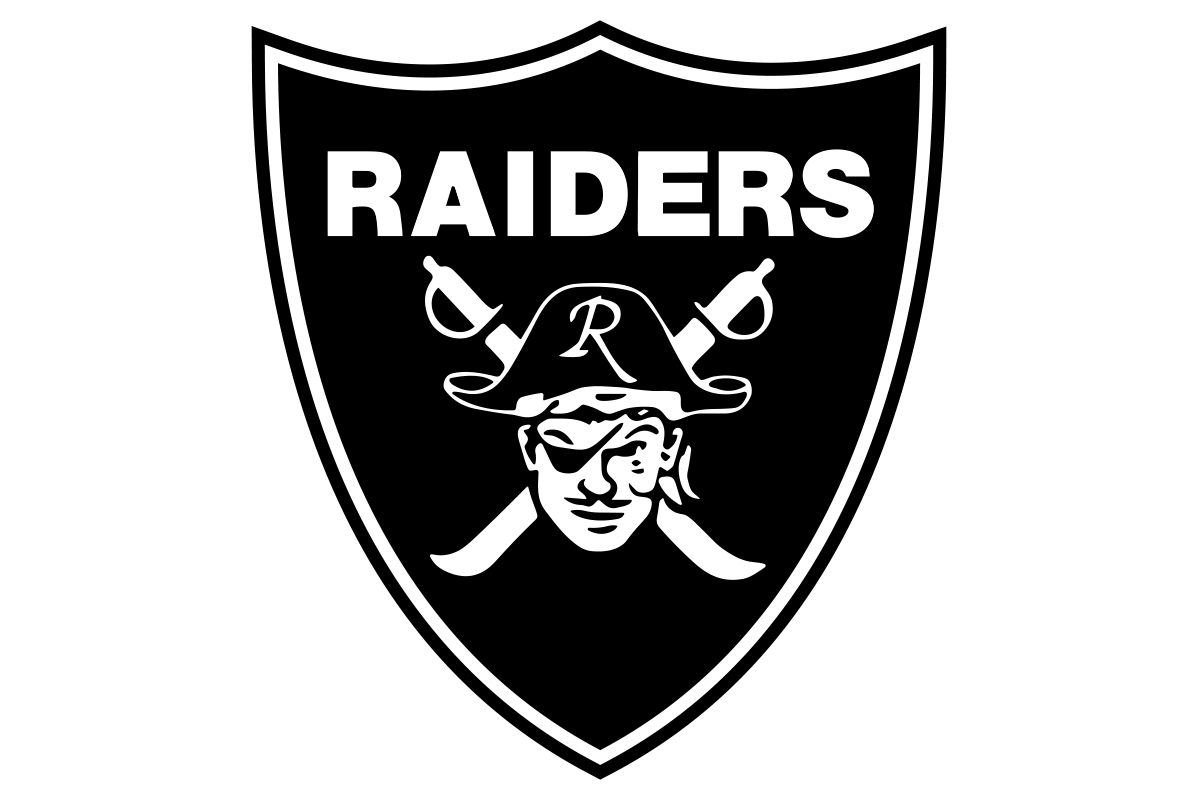Dress Code Violations Should Not Result in ISS
Recently, students in violation of the dress code began receiving ISS. This was caused by the recurrence of violations when the punishment was more lenient, but the punishment is not what needs the reform, it is the policy.
The policy has four purposes, as stated on page 48 of the CISD Student Handbook, and those are to “create and maintain a respectful and positive learning environment; prevent the disruption, interference with, or detraction from the educational environment and school activities; minimize health and safety hazards; teach students grooming and hygiene.” As the goals of the district are important and necessary, the issue arises when people are put into ISS for things that do not reasonably seem to prevent the district from achieving their goals. (https://www.canyonisd.net/wp-content/uploads/2017/09/20170801-STUDENT-HANDBOOK-final.pdf)
Looking through section 1 of the dress code regarding hair, only one issue stands out, and it is one that occurs again and again. The section reads that facial hair must not be “excessive in nature” but gives no context as to what is considered excessive. The use of vague language can leave students unaware that they are violating the dress code, and what is considered “excessive” could vary between administrators. A clearly stated definition of what meets and does not meet dress code would be much better suited here.
In section 2 regarding apparel, the issues are more subjective, such as the necessity of shoulders to remain covered. It could be argued that revealed shoulders, for example, are either disrespectful or disruptive, but by no means is anybody harmed or distracted by a student’s shoulder. Of course, limitations on what can and can’t be revealed are necessary, but being more loose with these rules would allow students to feel more comfortable and would allow them to be held to the same standard as college students in the aspect that, as long as education is not being disrupted, there is not a problem. Although high school students are not college students, treating them in some ways as such would give students a sense of freedom that students appreciate.
Subjective issues like this are likely to always be around in dress codes, but if it cannot clearly be seen as a disruption to someone’s education, then a day in ISS becomes a much larger distraction for that student than seeing a bare shoulder could have caused for another student. If the distraction to education comes from a punishment rather than the violation, then the punishment is more likely the issue.









elissa • Jan 14, 2020 at 3:42 pm
Dress Codes Violations
Dear Casey
I agree that the issue isn’t a violation, it’s the punishment that is given. When someone’s shoulder are being shown I don’t think students see it as a distraction we see it all the time outside of school where there is no dress code, besides not being in the nude. The punishment for violating the dress code is ISS which is outrages, since the student is missing valuable class time and their school work.
niki borron • Jan 13, 2020 at 9:02 am
While I agree with you that a dress code violation should not result in ISS, I do believe that there should be some sort of punishment for students who dress inappropriately. The reason there is a dress code is to teach students the importance of health and hygiene, and also how to dress properly so people can have more respect for them. People tend to be more drawn to a modest person, especially when interviewing for a job. Clothes are the first thing someone notices about you, so you want to make a good first impression, as they are the most important.
Mason Freeman • Jan 9, 2020 at 4:29 pm
In this article, the writer used excess facial hair and shoulders as examples. While the writer had good points, they never approached the shorts that boys wear, which are like booty short, incredibly far outside of dress code. The writer didn’t write on the jeans that some, but not limited to, girls wear. The shredded jeans or the holey jeans that mainly girls wear, while some guys do wear them, are sometimes out of dress code. Holes to high, multiple smaller holes, high than fingertips. While the punishment for violating the dress code seems harsh, if the offender has done this multiple times, then they should be punished more harshly than someone who has only done this once. Jeans, short shorts, leggins not properly covered, are all commonly missed by administrators and teachers.